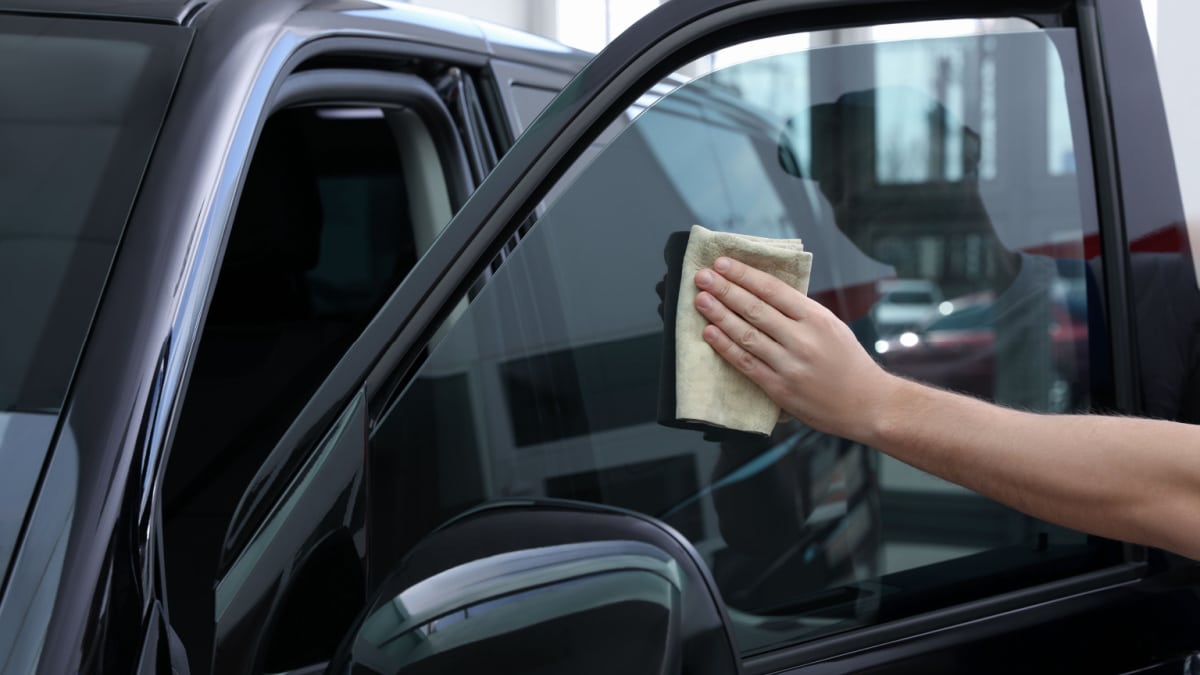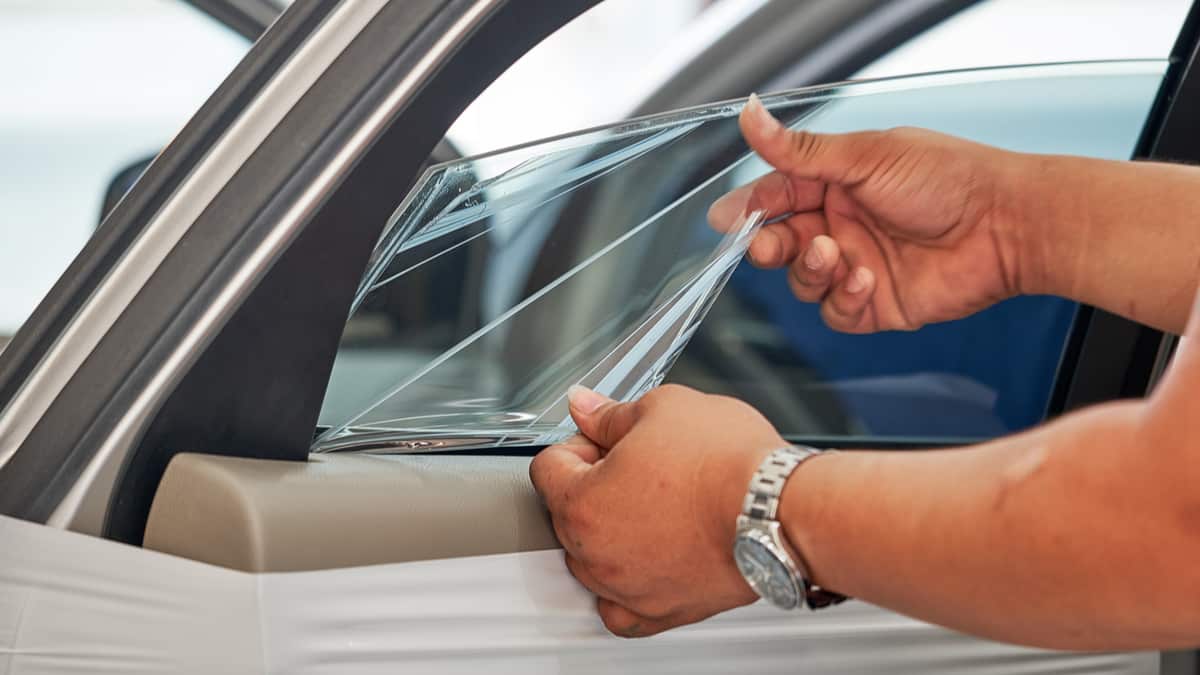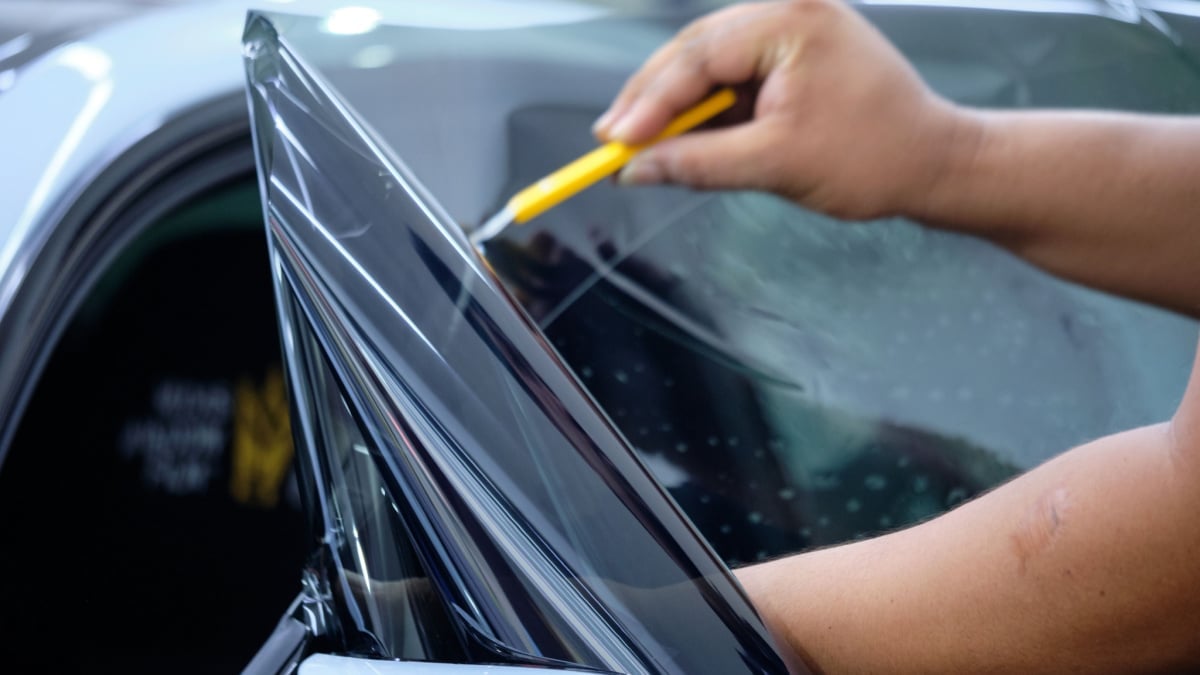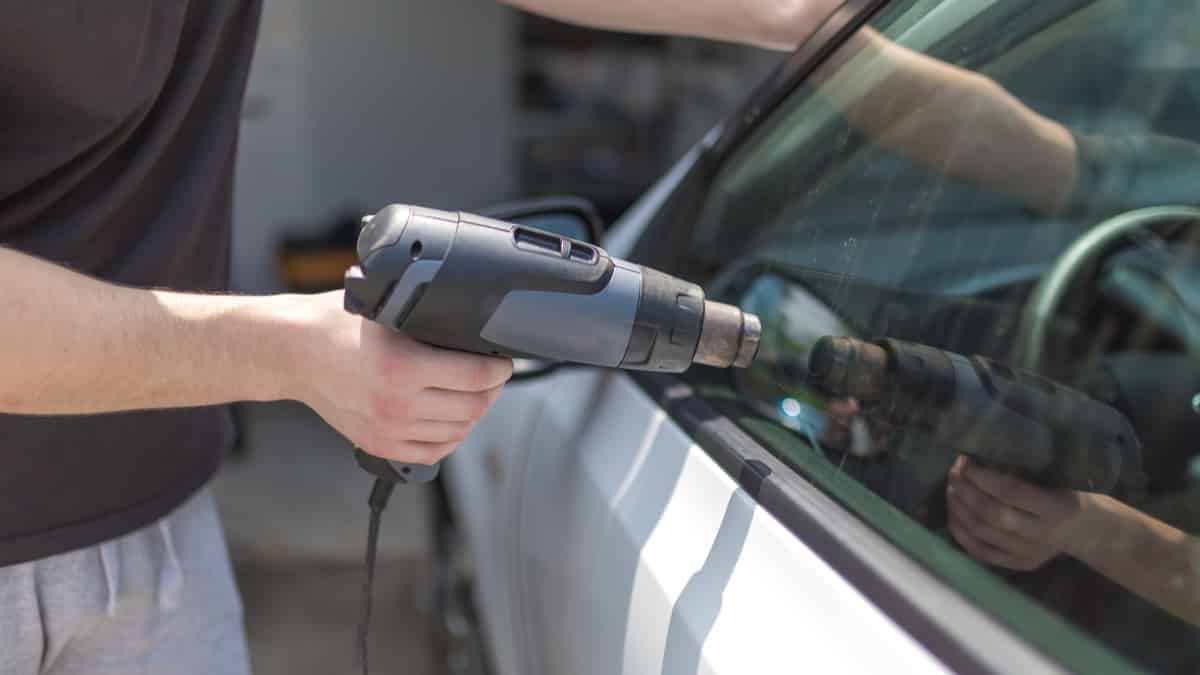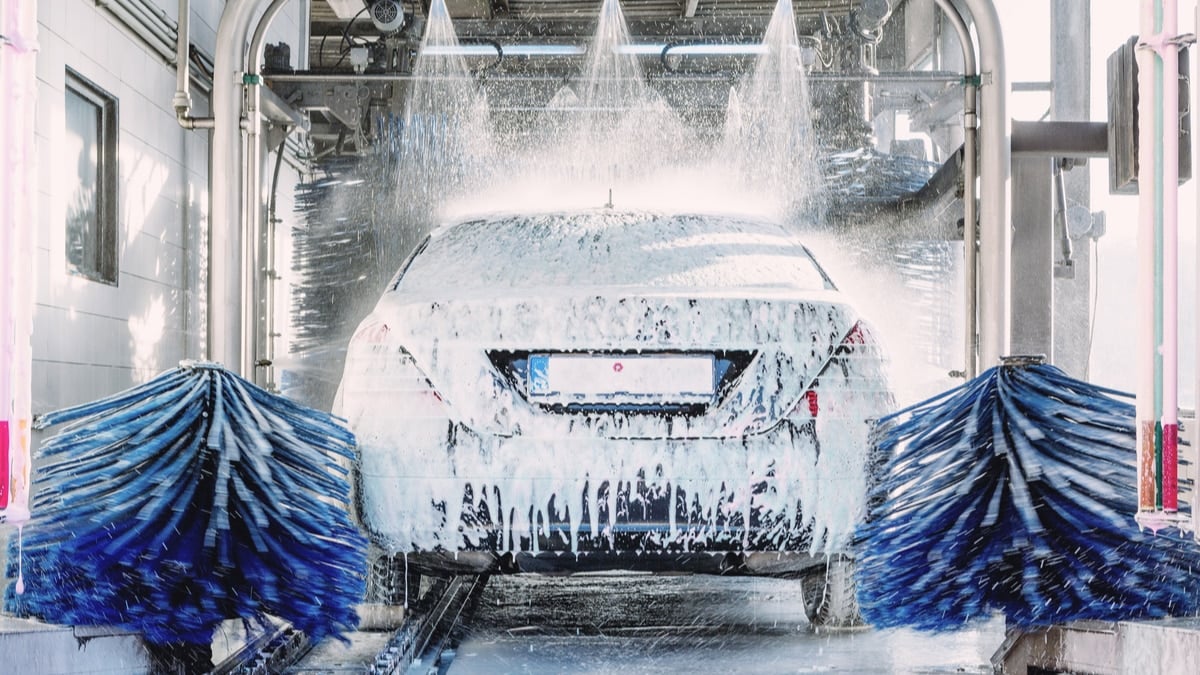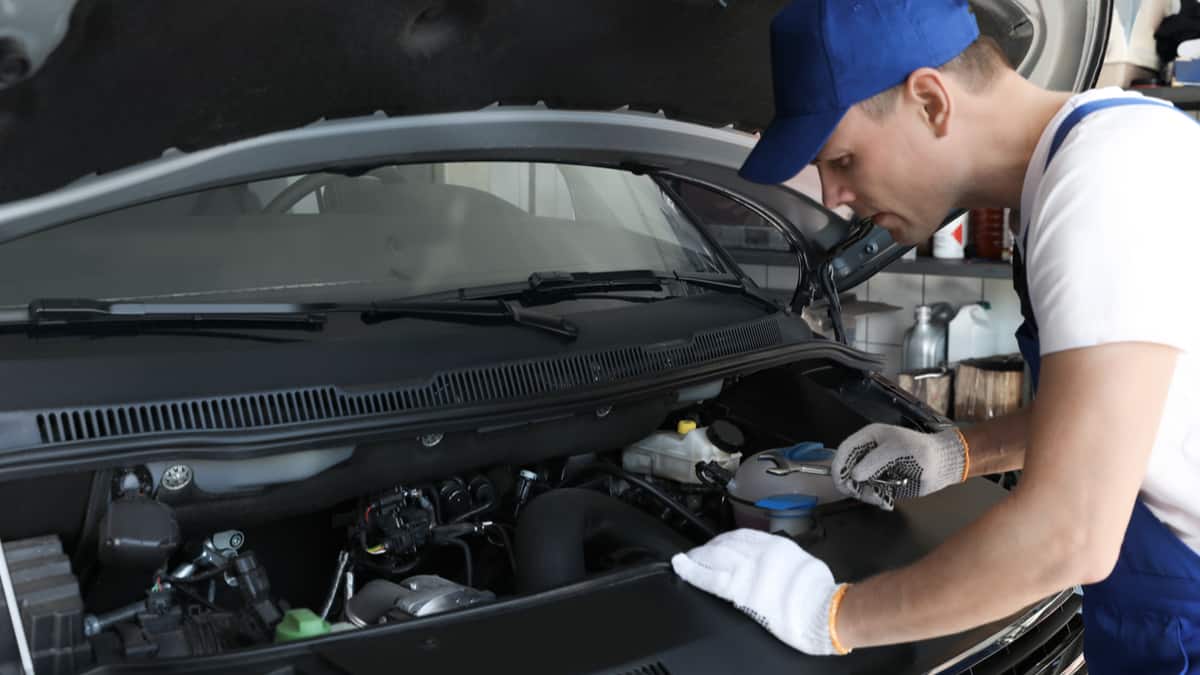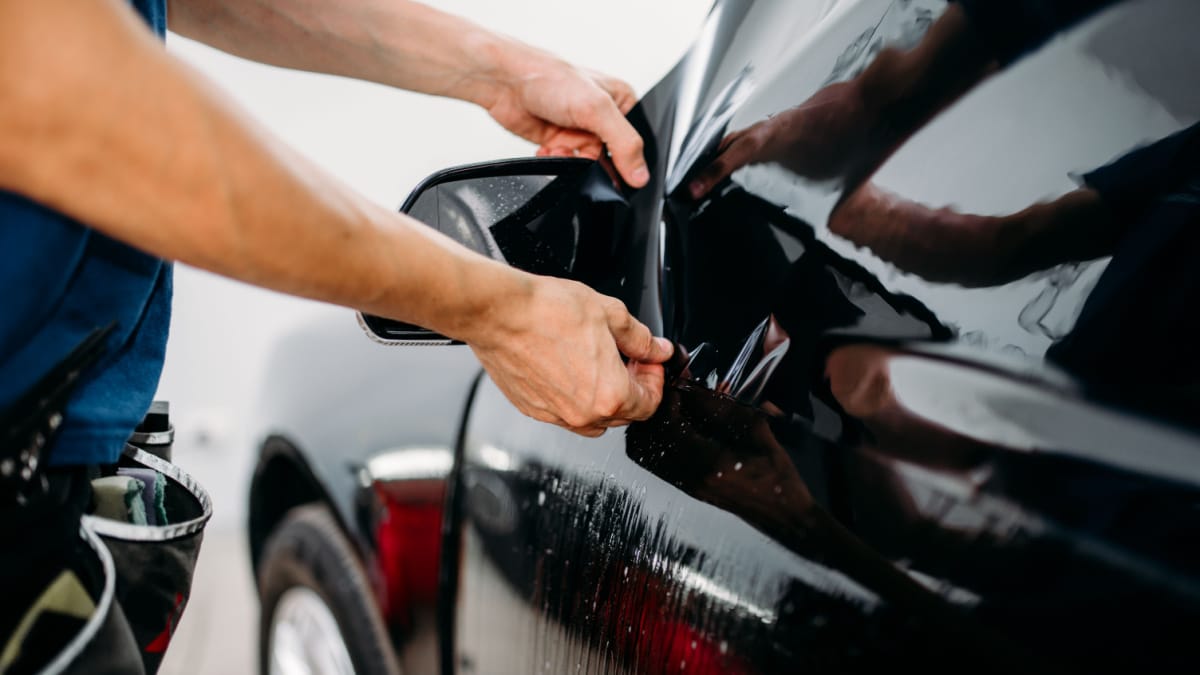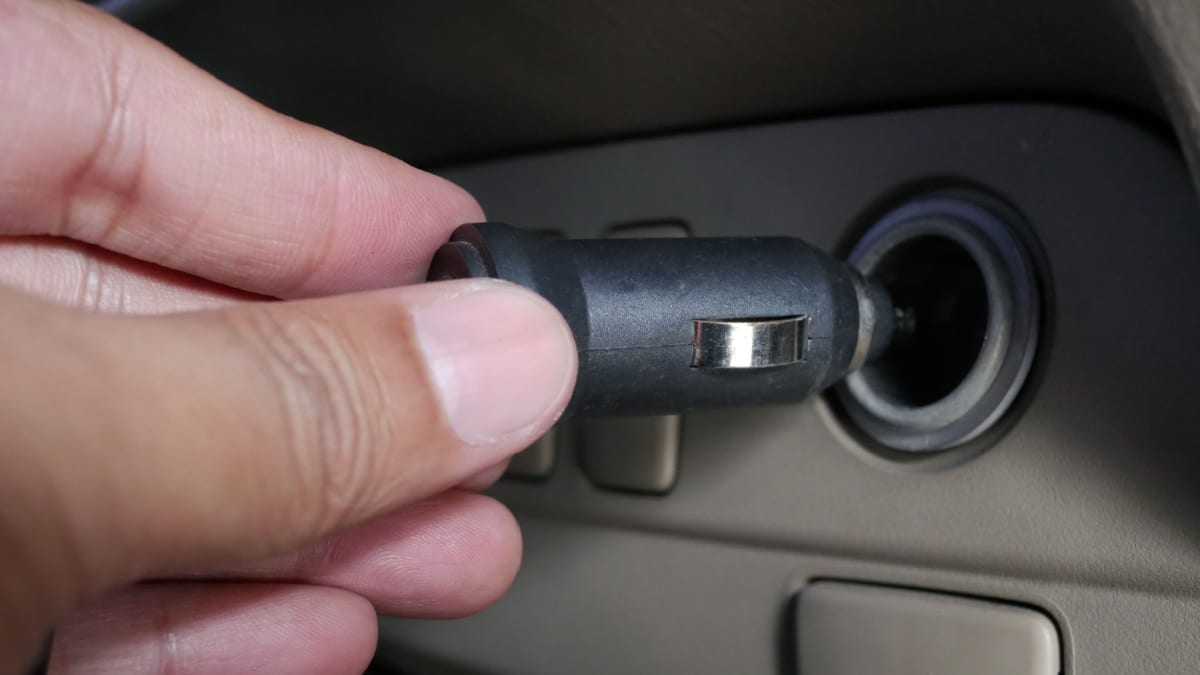If you are preparing to tint your car windows, you have some tough decisions to make. With so many different car tint options, you want to make sure that you blend the right amount of style with perfect visibility. 35% tends to be a common choice for many drivers. But can you see through 35% window tint at night?
In this guide, we evaluate if 35% is good for nighttime. We also examine what the tint percentages mean, whether or not this level is legal and we answer your top tinting questions.
Can You See Through 35% Window Tint At Night?
You can see through 35% window tint at night, but for some, it will be too dark. If you are interested in tinting your front windows and windshield with the 35% car window tint, you can also look at the 50% tint if you are concerned about poor visibility from inside at night.
35% isn’t the darkest car tint available, ensuring a good balance between privacy and blocking out the sun’s UV rays with visibility. While someone can still look through the window from the outside, it won’t be as easy, especially at night. However, it’s not legal in every state for front windows.
The 35% car window tint provides a sleek appearance, especially on a luxury vehicle. It will also keep the heat in the cabin down, which is helpful during the summer months. However, the dark tint combined with nighttime driving may mean a slight lack of visibility.
RELATED: How To Choose Window Tint Percentage For Your Car (Guide)
What Does The 35 Percentage Mean?
Window tint percentages range from 5% to 85% or more. The percentage reveals how much of the sun’s UV rays are allowed to enter the car. Therefore, with the 35% window tint, you can expect less than half of the rays to come through the tinted windows.
The 35% window tint is going to provide a dark aesthetic. It allows some visibility through the car windows while still offering a decent amount of privacy.
You shouldn’t have a lot of difficulties seeing through these windows at night. However, it will be different than completely unobstructed windows. With that in mind, it’s normally used on the rear glass.
Which Level of Tint Works Well for People Who Cannot See Well at Night?
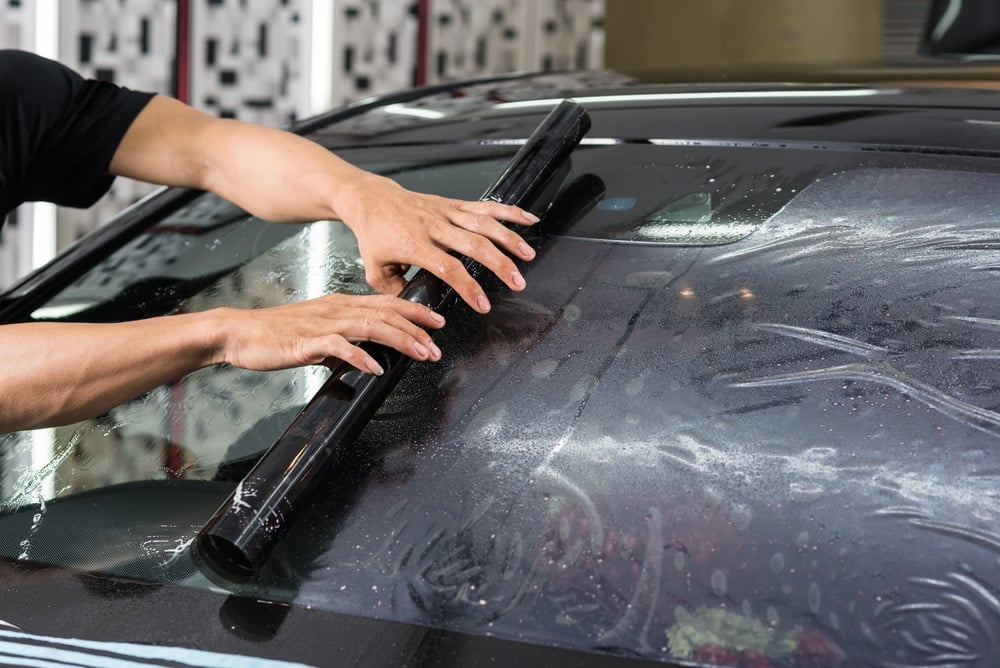
Car tint can provide many benefits, including reducing glare for people that don’t see well at night. However, you don’t want to go too dark, or visibility could be hindered even more. As professionals, we often recommend 50% window tint for this purpose, offering a perfect balance between visibility and privacy. However, here are a few options you may consider.
No Tint: While this isn’t a car tint percentage, you still want to consider doing nothing. The nighttime visibility won’t change, but UV rays are going to come into the cabin unobstructed.
- 85%: Many cars are factory-tinted with at least this level. It cuts down slightly on the sunlight but still allows the cabin to warm up substantially, which is helpful in winter.
- 50%: This tint level allows for half of the sunlight to come through the windows. It’s sleek looking and practical, all at the same time. Even many restrictive states allow this level of tint.
- 35%: This tends to be one of the more popular options because it still isn’t too dark. You can see through the windows while still achieving privacy. The sunlight is also reduced, allowing for a darker cabin.
- 20%: When the windows get tinted at 20%, it becomes much more difficult to see through them, especially while at a distance. If you get close enough to the windows, you won’t have a problem looking in. Sadly, it’s not legal in a lot of states to be used in the front.
- 5%: This level is known as limo tint. In some states, it’s only legal if you have a limousine. This tint level blocks out the entire view of the cabin from the outside.
Is a 35% Tint Legal?
Car tint laws vary by state. In each state, there are different measurements to consider.
- VLT%: This is the percentage of visible light transmission that passes through the tint. The lower the VLT number is, the darker the tint will be. In many states, the permissible VLT is different based on what window the tint is on. Normally, front windows must be tinted lighter than rear windows.
- AS-1 Line: This is the line that extends from the letter AS-1 found on the windshield. It runs parallel to the top of the glass. Many states have laws about tint coming down to this line, but no further.
- Windshield: The windshield isn’t permitted to be tinted in any state unless you have special exemptions from a doctor. Otherwise, you can usually tint a portion of the top of the windshield to a certain degree.
As an example of what’s permitted in some states, here are two to consider. In Utah, the front sides can be tinted to 43%. The back window and back side windows can be tinted as dark as you want, while the windshield is permitted for tint down 4 inches to the AS-1 line.
In comparison, New Jersey doesn’t allow any window tint on the front windows or the windshield. As far as the rear windows and the back glass, any tint is allowed.
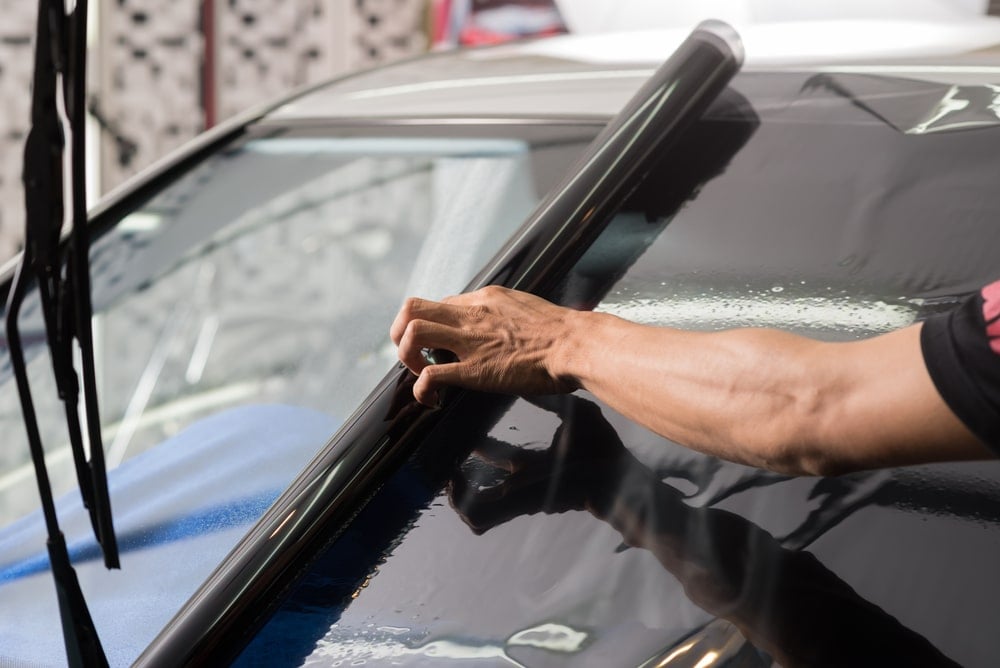
Can you see at night with 35% windshield tint?
Yes, 35% window tint allows 35% of natural light through. While this sounds like it would be very dark, it’s still fairly easy to see out of, even at night. From the other side, it’s difficult to see in the car with this tint level. However, many state laws prohibit this tint on the windshield. If you are concerned, you should look into 50% tint for better visibility.
What is the best tint to see at night?
Most people recommend using 50% tint if nighttime visibility is a concern. With this tint, half of the natural light comes through, still allowing for plenty of privacy. Although, 35% tint isn’t too dark in most situations either. It’s a personal preference.
Is 35% tint too dark?
35% tint provides a sleek, stylish look to any vehicle. It offers plenty of privacy, making it difficult to see in the vehicle unless you get close to the windows. While it looks very dark, you still have good visibility from inside the vehicle, making it a good option if you are driving at night.
Is there a big difference between a 30% and 35% tint?
30% tint allows thirty percent of the natural light through the windows. In comparison, the 35% tint provides five percent more sunlight. In the grand scheme of things, this five percent isn’t going to make much of a difference. Just be sure to check local laws to ensure you can use the tint in your area.
Are you looking for a way to darken your car windows without reducing visibility at night? With so many tinting options, it can be tough to figure out what’s best for your vehicle, but this guide from our professionals should have helped. If you still need further help, it might be wise to consult with a local tint provider for additional recommendations.
However, you look at it, you can’t go wrong. Even if you put tint on that’s too dark, you can always take it off. Just be sure that you only choose tint levels that coincide with state laws. Otherwise, you could find yourself sitting on the side of the road, getting a hefty ticket from the local authorities.
Learn more:
Categories: Cleaning & Detailing
